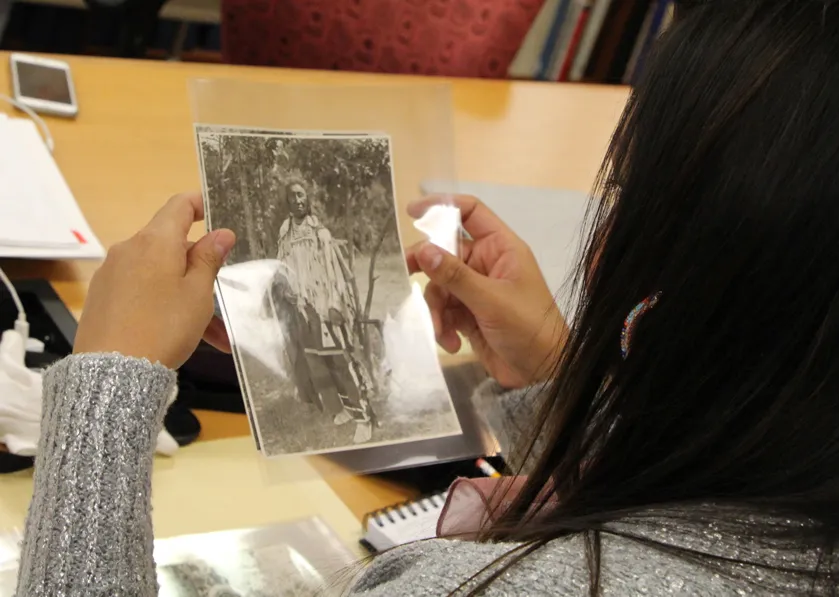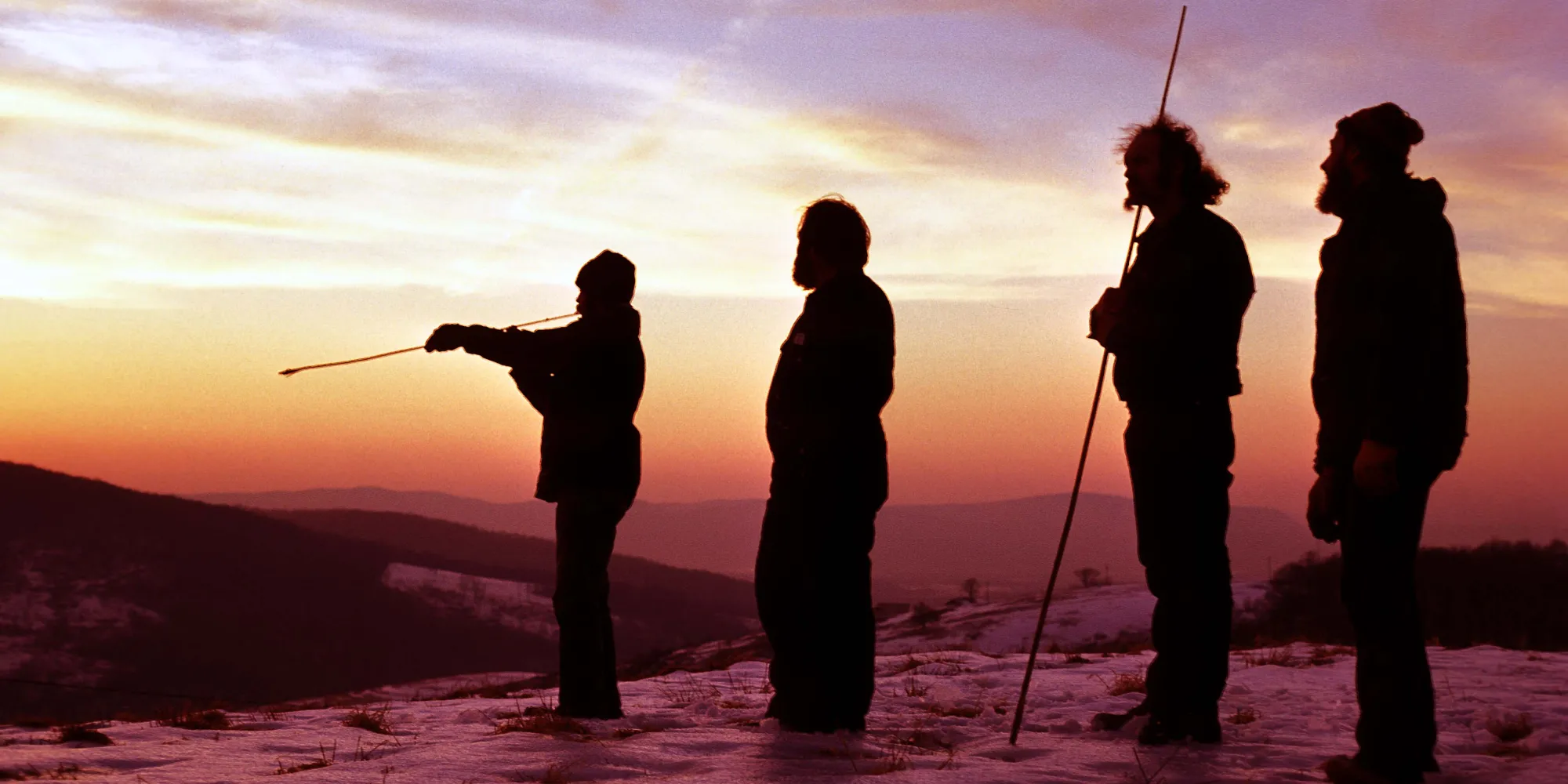
Search

Collections Overview
The materials in the Anthropology collections and Archives reflect thousands of years of human experience – the creative expressions, innovations, adaptations, languages, cultures, and daily lives of people past and present.
With over 3 million objects, 10,000 linear feet of field notes and manuscripts, nearly 650,000 photographs, over 11,000 sound recordings, and more than 8 million feet of original film and video, it is one of the largest Anthropology collections in the world.
Collections include materials from all four subfields of Anthropology – archaeology, biological anthropology, ethnology, and linguistic anthropology. They are used as primary source material and inspiration by visiting artists, members of indigenous communities, and researchers in both anthropology and related fields such as history, folklore, and art history.

Anthropology Archives
The National Anthropological Archives (NAA) and the Human Studies Film Archives (HSFA) collect, preserve, and provide access to historical and contemporary materials that document the world's cultures and the history of anthropology. The collections include field notes, journals, manuscripts, correspondence, photographs, maps, sound recordings, film and video created by anthropologists and other scholars.
Archaeology Collections
More than two million objects derive primarily from Smithsonian-sponsored excavations. From the mid-19th century survey of Mississippian mound sites to the massive mid-20th century River Basin Survey Program, much of this work has taken place in North America. There are, however, significant collections from other world areas, including the first excavations at sites in Central and South America and rare materials from the Old World Paleolithic and Mesolithic
Biological Anthropology
The biological anthropology collection consists of human biological remains that represent more than 33,000 individuals from populations throughout the world and across millennia. For example, the Robert J. Terry collection is one of the world’s premier anatomical research collections, consisting of over 1,700 complete human skeletons from known individuals who lived in the late 19th to mid-20th centuries. Excellent preservation and documentation make it a fundamental resource for research on bone pathology, skeletal biology, and forensic anthropology.
News, policy, and information: Reckoning with Human Remains in the Smithsonian
Ethnology Collections
About 253,000 objects representing 19th, 20th and 21st century cultures. While the collection is particularly strong in material from North America, there are also large collections from Asia, Africa, Central America, Oceania, and South America. In addition to supporting scholarly research in anthropology, history, and art history, the collections are a source of knowledge and inspiration for Native and indigenous communities reviving cultural practices and artistic traditions.
History of the Collections
The Smithsonian Institution's commitment to Anthropological research and collections dates back to its first secretary, Joseph Henry in 1846. In the early years of the Institution, the collection was established with the artifacts assembled by 19th century exploring expeditions, geographic surveys of the continent, diplomatic missions, and transfers from government collections that pre-dated the Smithsonian. In the late 19th and in the 20th century, both artifact and archival collections expanded through private donations, museum purchases, and the fieldwork of anthropologists in the Museum and in the former Bureau of American Ethnology (1879-1965). Today, the collections continue to grow, mainly with donations from individuals and transfers from other institutions. Together, these collections document the cultural, linguistic, and biological diversity of humankind, past and present.
Video series: Early Smithsonian Anthropology Collections